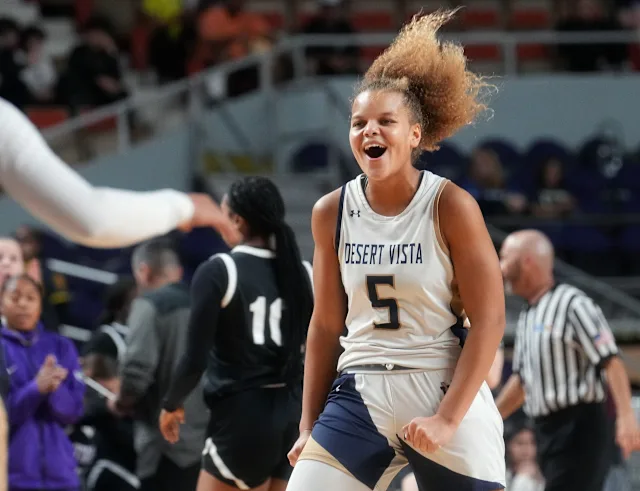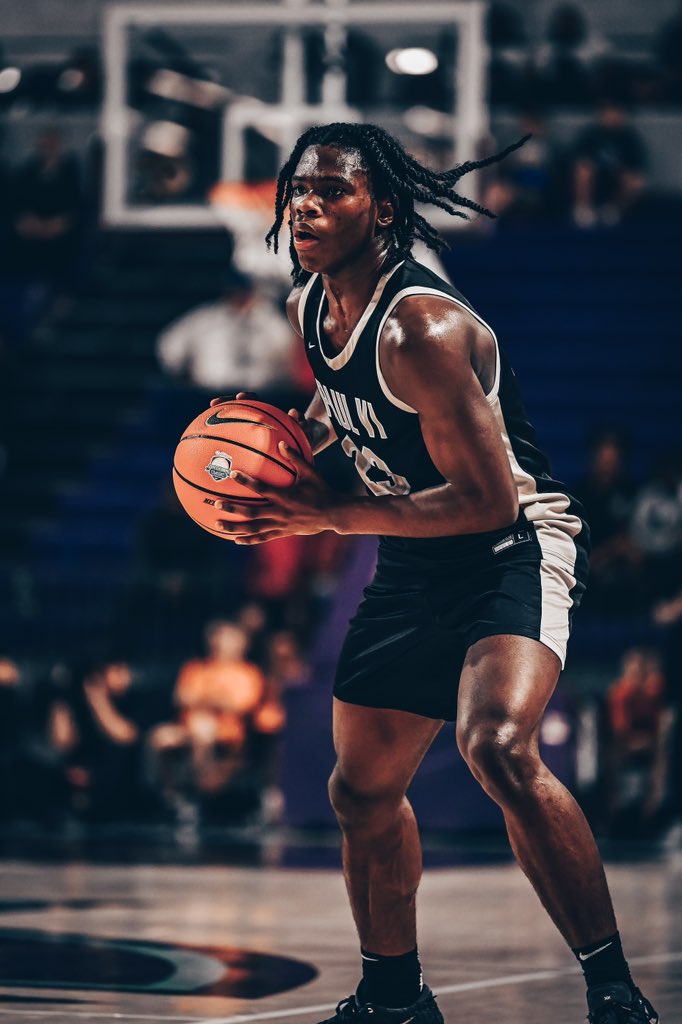Scroll through Instagram or TikTok, and you’ll see it: middle schoolers with highlight reels, personal logos, branded apparel drops, and followers in the tens of thousands. Youth athletes are no longer just training — they’re building brands.
But with cameras rolling and narratives forming before some even make a varsity roster, a question looms large: Is this empowering… or overwhelming?
The Rise of the Young Brand
The combination of NIL legislation, the explosion of short-form video, and the blueprint laid by young pros and influencers has created a new playbook: don’t just play the game — market your journey while doing it.
Athletes like Mikey Williams and JuJu Watkins didn’t just dominate on the court; they curated their image, built audiences, and unlocked opportunities beyond basketball. That model is trickling down fast.
“I tell my son, ‘You’re the CEO of your name,’” one parent shared. “Colleges aren’t just watching game film — they’re Googling you.”
Visibility vs. Authenticity
There’s power in self-representation. Platforms like YouTube and TikTok give young athletes a voice — allowing them to control their narrative, share training routines, and build community.
But there’s also a pressure to perform beyond the scoreboard — to maintain a curated version of success. “When everything becomes content, it can distort reality,” warns Dr. Briana James, a sports psychologist. “The athlete starts performing for the algorithm, not for growth.”
The Business of Being a Kid
Branding brings business — and business brings risk. Managing followers, fielding sponsorship interest, and navigating NIL contracts before even entering high school can be a lot for a teenager.
Without guidance, youth athletes can fall prey to bad advice, early burnout, or emotional distress tied to online feedback. “One viral moment can change a life,” says marketing exec Julian Mack, “but without a team around them, it can also derail one.”
And for those not going viral? There’s a quiet, creeping pressure that says if you’re not being seen, you’re not succeeding.
Finding the Balance
So, what’s the solution? At ESC, we don’t believe in blanket answers. But we do believe in intentionality.
Creating content should serve development — not distract from it. Social media should amplify authenticity — not replace it. And branding should empower the athlete — not commodify the child.
It’s not about saying “no” to content creation. It’s about asking the right questions:
- Who is helping you manage this?
- What story are you trying to tell?
- How does this support your goals?
The Future Is Both Digital and Personal
The reality is clear: personal branding is now part of the youth sports experience. But it doesn’t have to come at the expense of joy, growth, or identity.
The best brands — the ones that last — are built on substance, not just style. And the most powerful content? It’s the kind that’s rooted in who you really are.
Let’s help these athletes tell that story.



